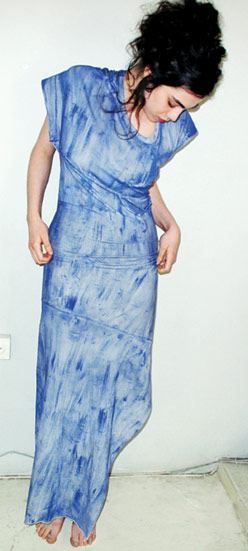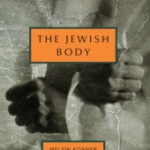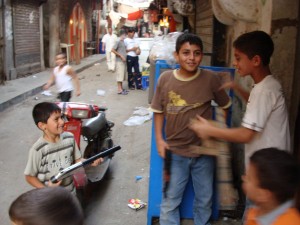The Jerusalem Post, September 25, 2009
The small green door, peeking out onto a sliver of an alley in Nazareth’s Old City, is deceptively humble. The low frame makes visitors bow their head, as though they were in prayer, as they enter. But the gesture feels appropriate. Stepping into the plant-lined courtyard and standing under the Ottoman-era arches of Fauzi Azar Inn is a magical, almost transcendent, moment.
It was this same feeling that inspired Maoz Inon to turn what was once a derelict mansion into the bustling guesthouse it is today.
Inon discovered the site in 2005. Fresh from a year hiking with his wife in the States and South America—a journey that convinced the couple to open their own lodgings on the Israel National Trail—Inon was wandering the Old City. The cobbled lanes were empty. The metal shutters of store fronts were clamped shut. And the Azar mansion—with its marble floors, 19th century frescoes, and domed windows overlooking Nazareth—sat still.
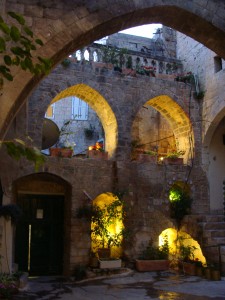

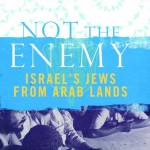
 After the ‘non-revolution’
After the ‘non-revolution’